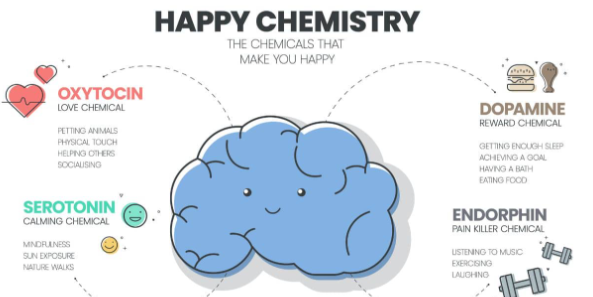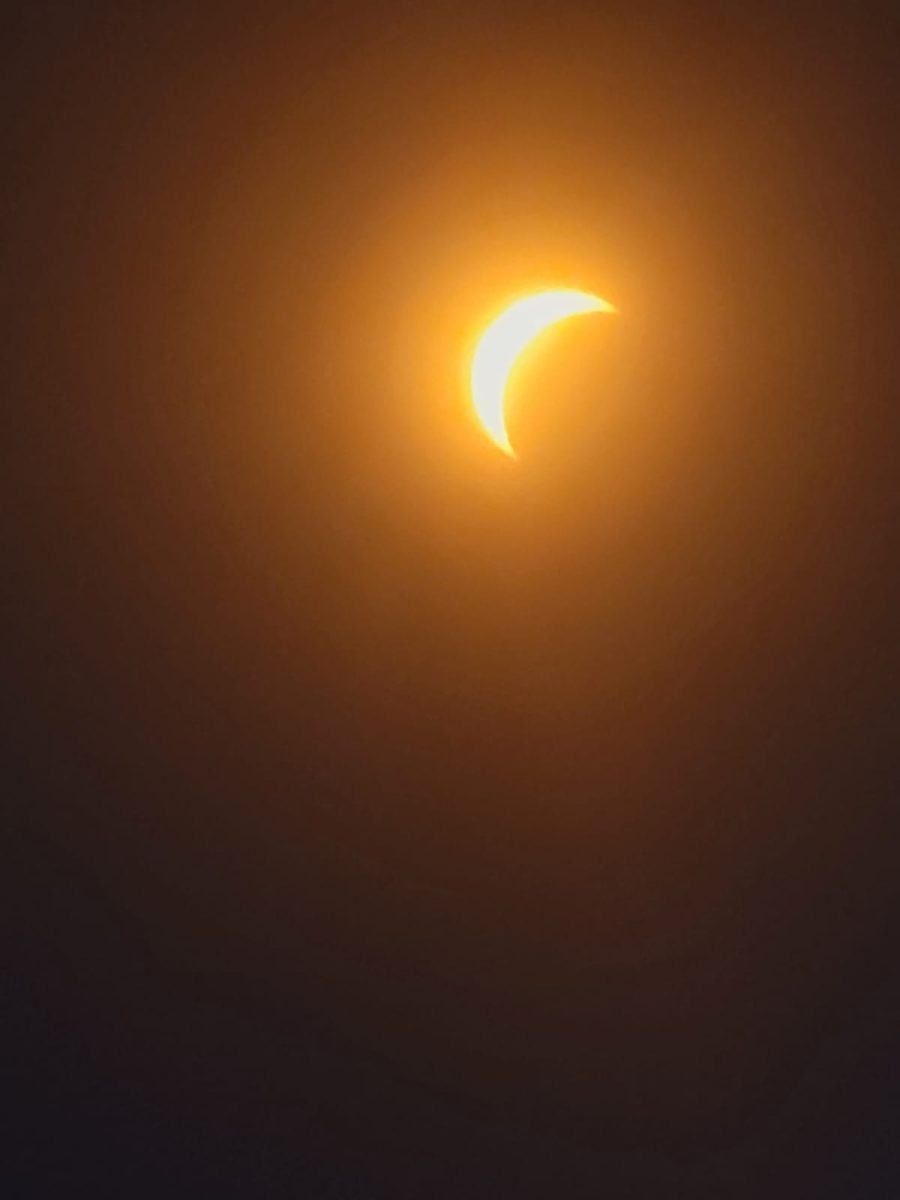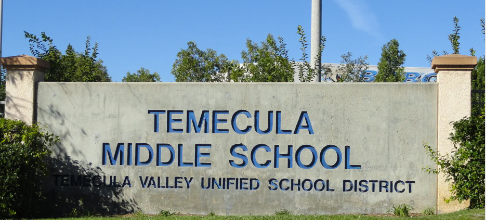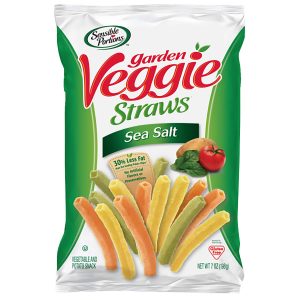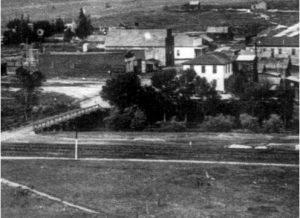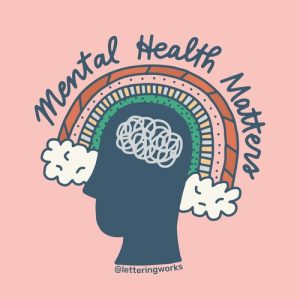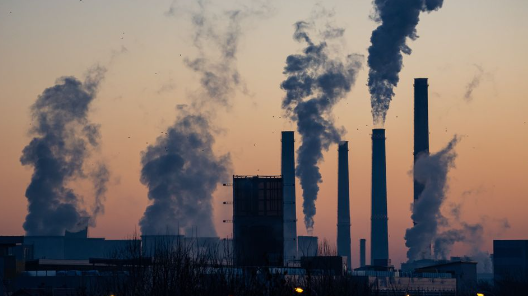Pollution is one of our biggest burdens. It’s when people introduce pollutants into the environment, such as factories emitting harmful chemicals in the air or huge trash islands. Pollution is humanity’s greatest self-sabotage. Can we still save the planet, or are Earth’s days numbered?
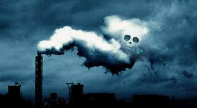
Air Pollution
Air pollution is one of the main types of pollution. Burning coal from power plants, gas-heating homes, and fossil fuels powering cars all contribute to air pollution. These pollutants produce Carbon Monoxide, a colorless and odorless killer. According to the National Institute of Environmental Health Science: “Air pollution, in all forms, is responsible for more than 6.5 million deaths each year globally, a number that has increased over the last two decades.”
Air pollution doesn’t just kill people. Air pollution can form into smog, a thick fog that can sometimes completely block out the sun. When smog mixes with rain, it forms acid rain. This can kill trees and destroy lakes and streams. Acid rain can also erode stones, causing grave sites to be disfigured and historical sites left in ruin.
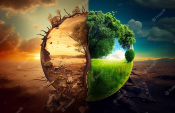
Global Warming
Global warming is by far one of the biggest concerns our society faces. It is a consequence of air pollution, as fossil fuels make their way into the atmosphere. These chemicals increase the greenhouse effect, which is the gasses in our atmosphere that reflect heat down to Earth. Because of the greenhouse effect, Earth’s temperatures are rising on average by about 1 degree Celsius per year. It doesn’t sound like a lot, but this change per year causes glaciers to melt into the oceans. This means the oceans will and have already started to rise.

Water Pollution
Even the seas have been touched by pollution. Trash is thrown into the oceans and lands on a daily basis. Rivers are clogged with trash and you can barely see the water. Fish eat plastic from rivers, it gets caught in their digestive systems and then they die. But rivers aren’t the only bodies of water being polluted. The ocean has what is known as the Great Pacific Garbage Patch, a huge deposit of trash that’s the size of Texas and floats in the Pacific Ocean.

How Can We Help?
How do we save Earth? Recycling helps to beat pollution, as it reduces the waste that goes into landfills. Governments have started taking in recycling and have passed acts to help keep Earth’s air clean. The Kyoto Protocol is a “United Nations agreement to limit the emission of greenhouse gasses… [it was] signed by 191 countries,” (National Geographic). Even here at school, you can help by simply throwing away your trash and recycling!
In the end, we have the power to change the course of our Earth. We can clean the waters, and purify the air. The question that remains is, will you?
Sources:
Article 1: National Geographic
Article 2: National Institute of Environmental Health Science
Article 4: National Geographic







